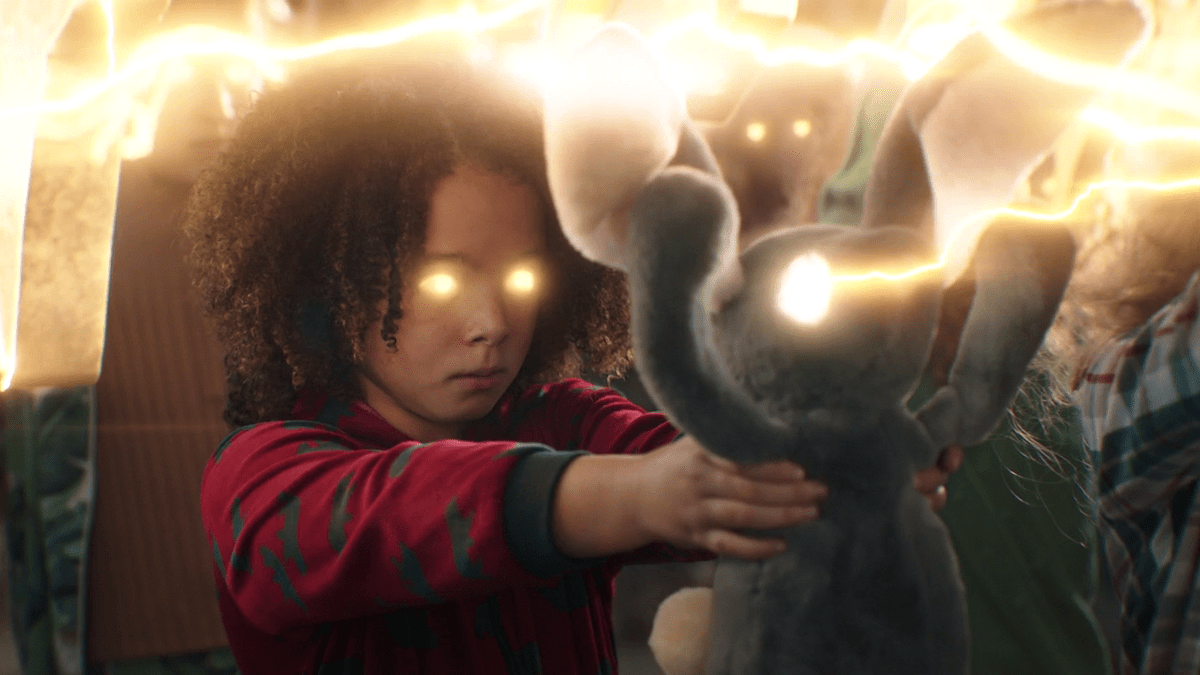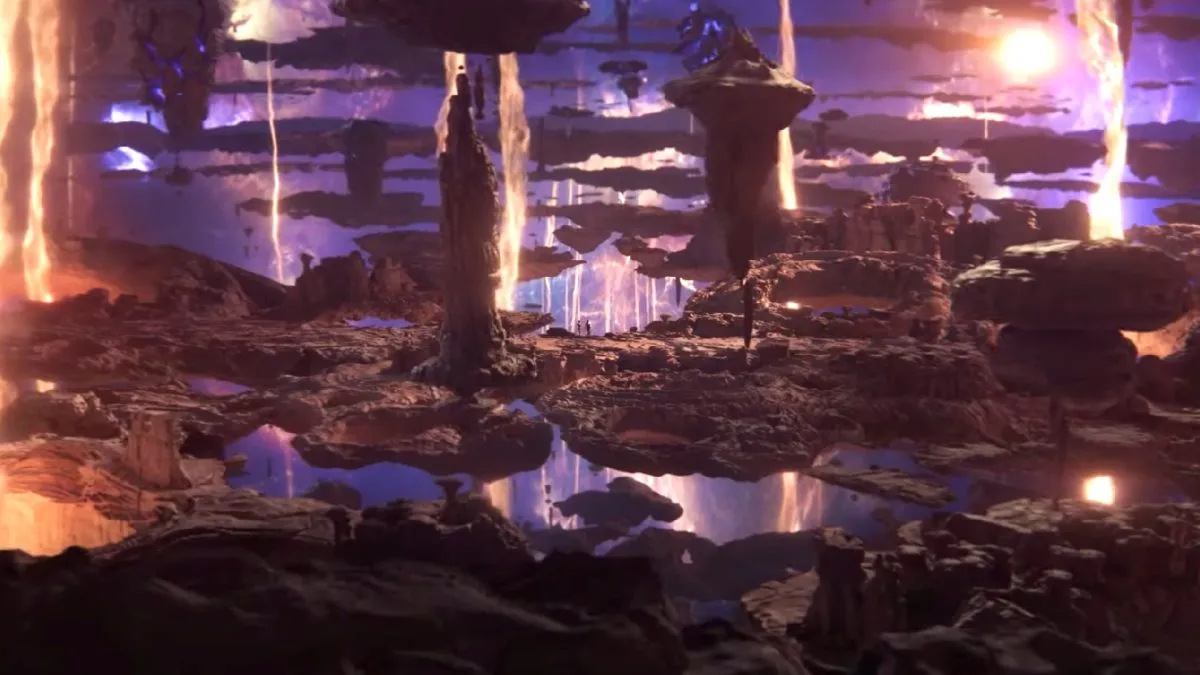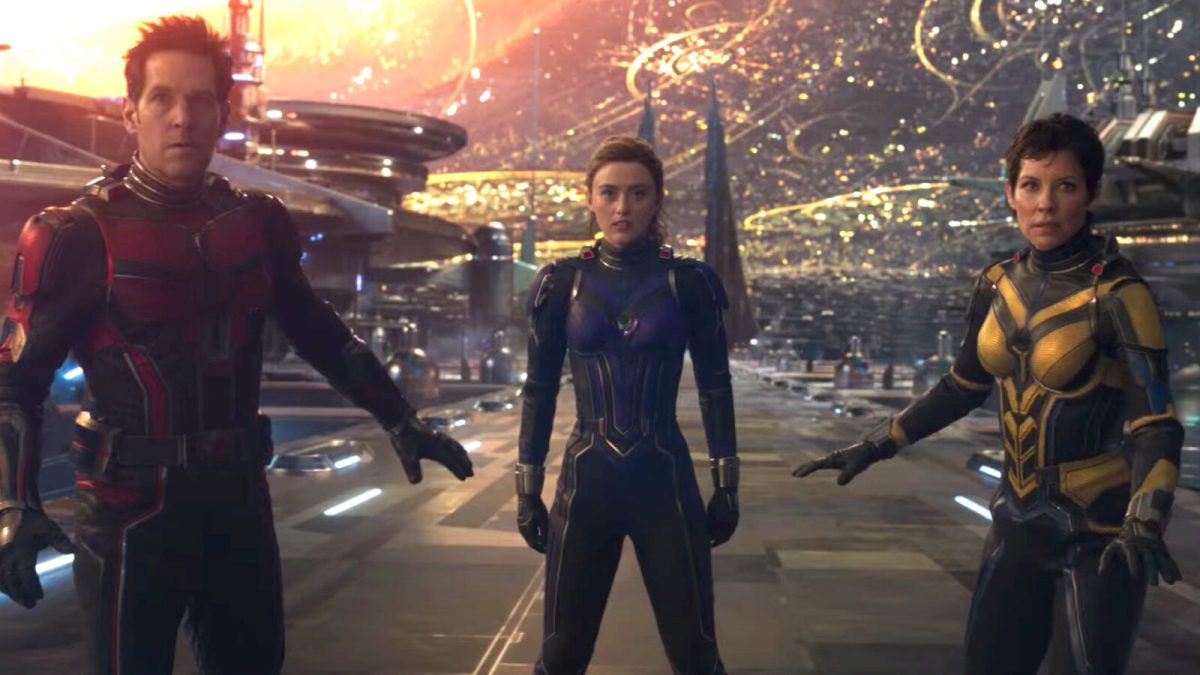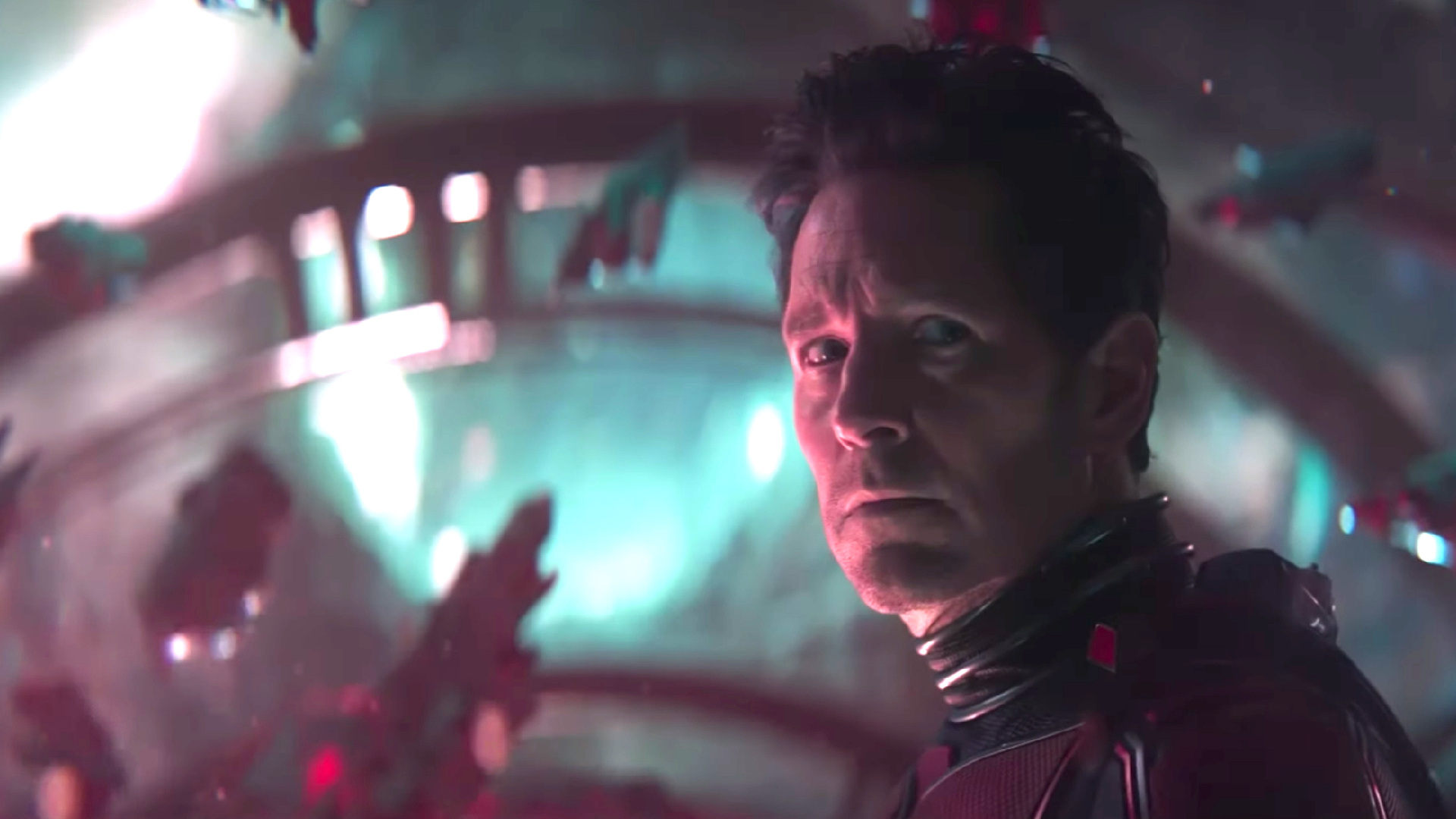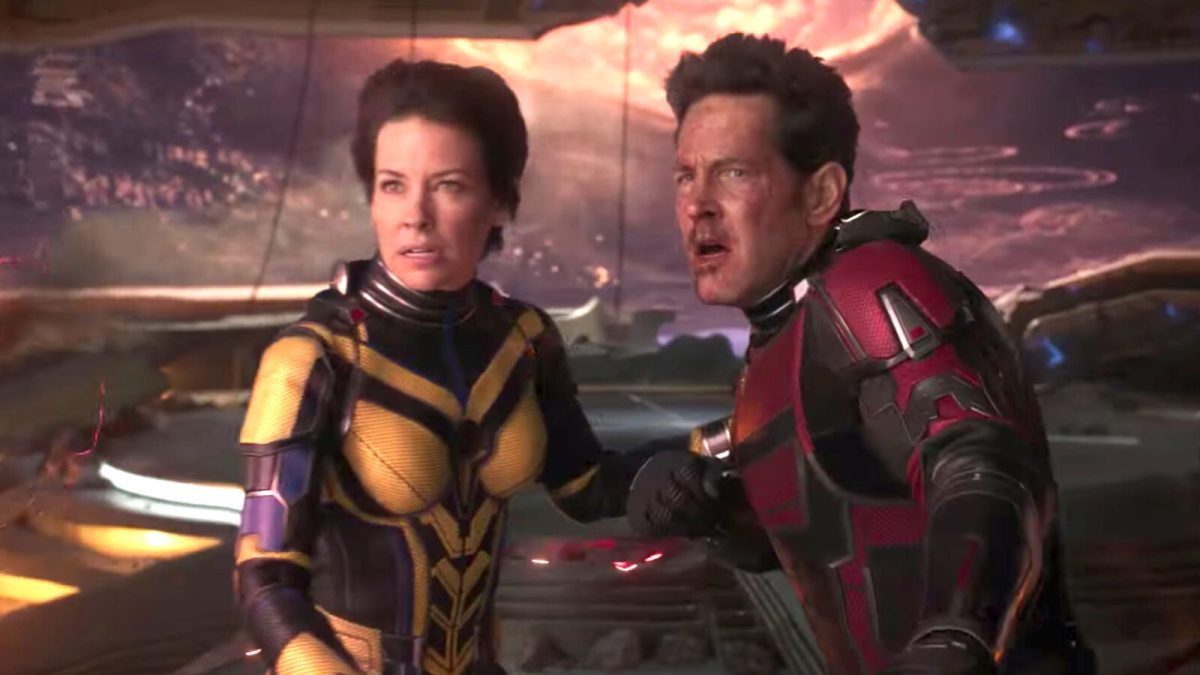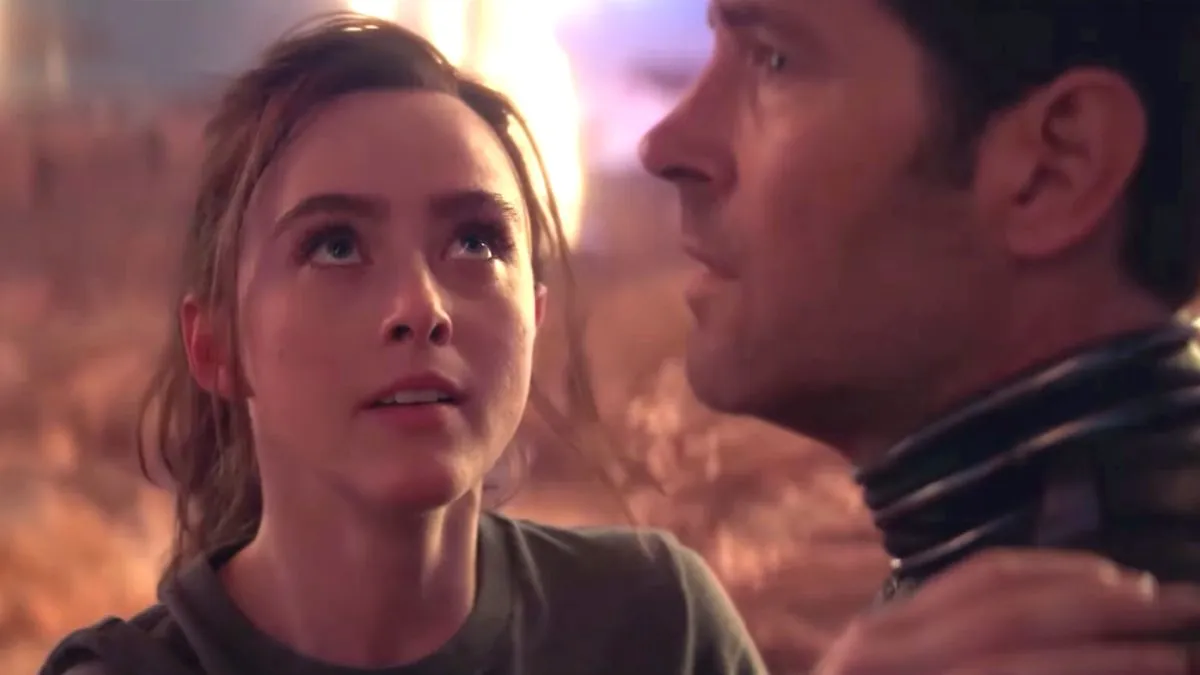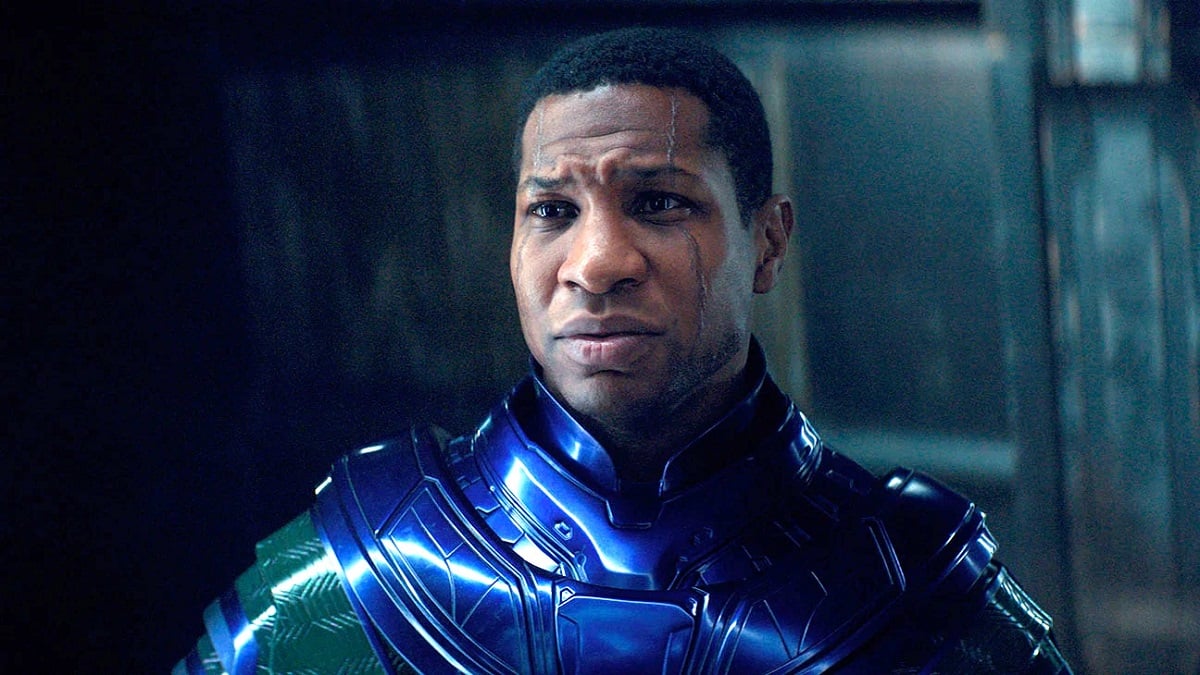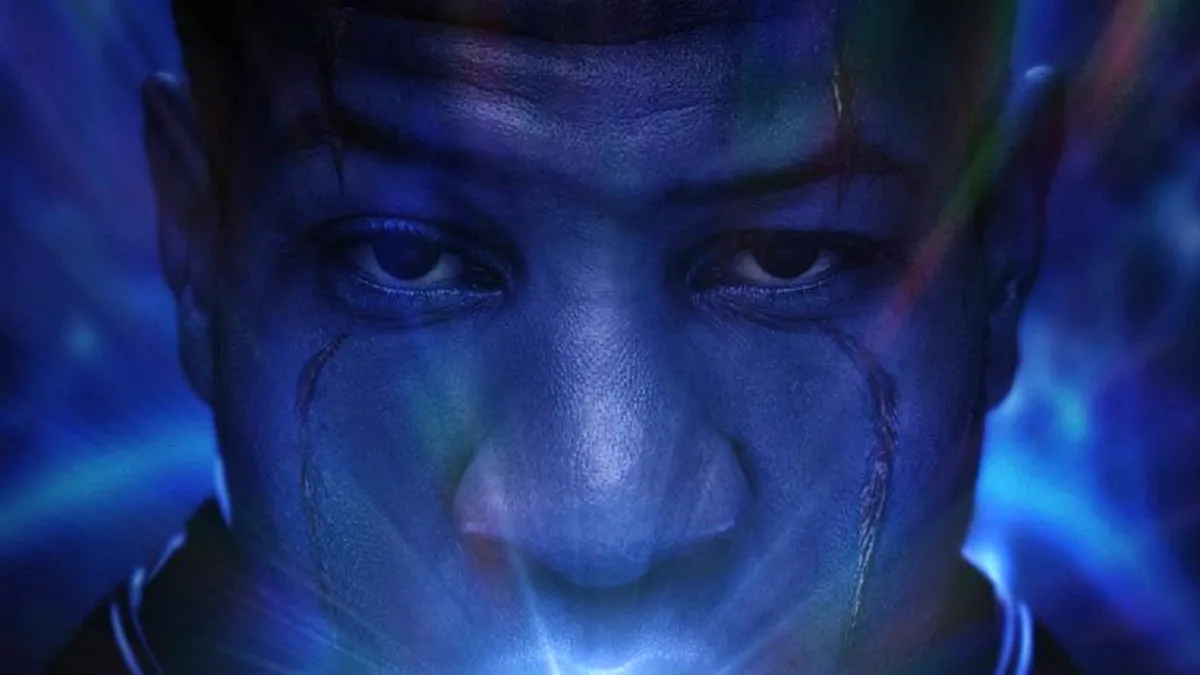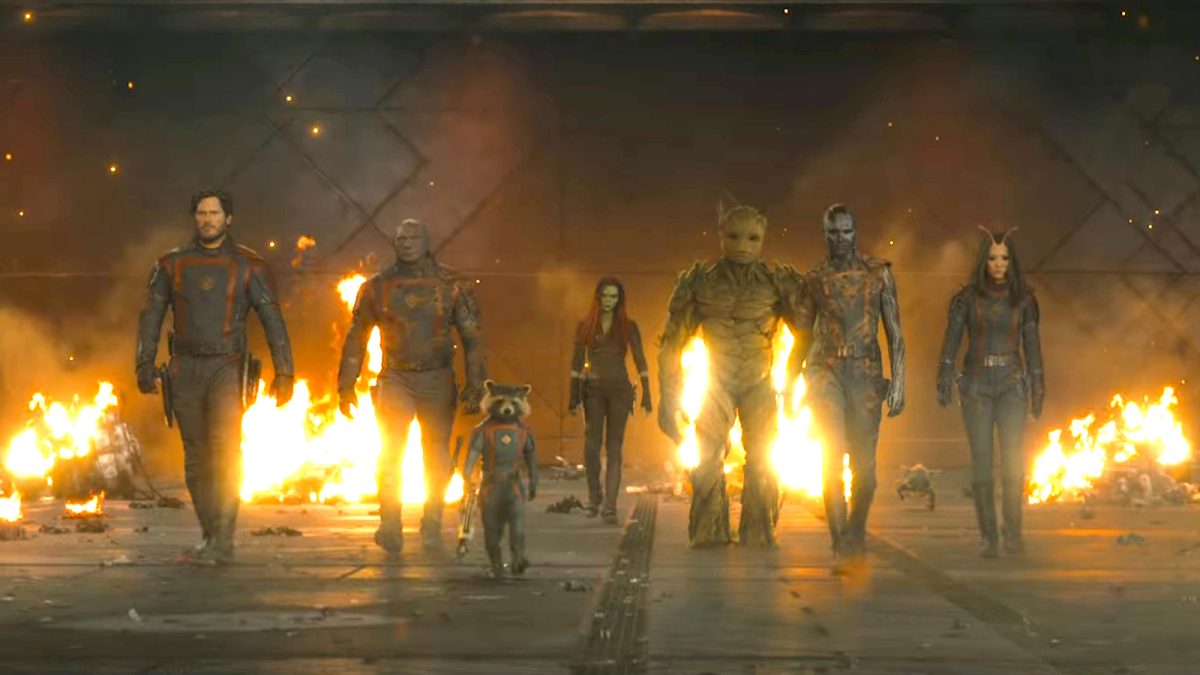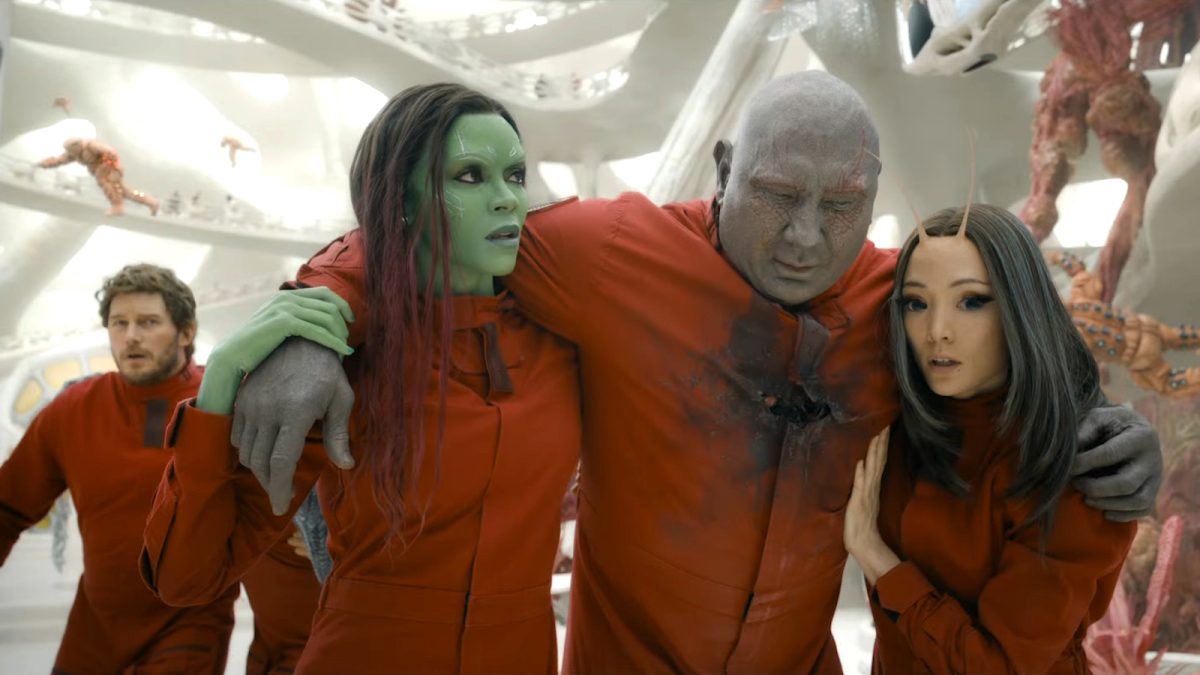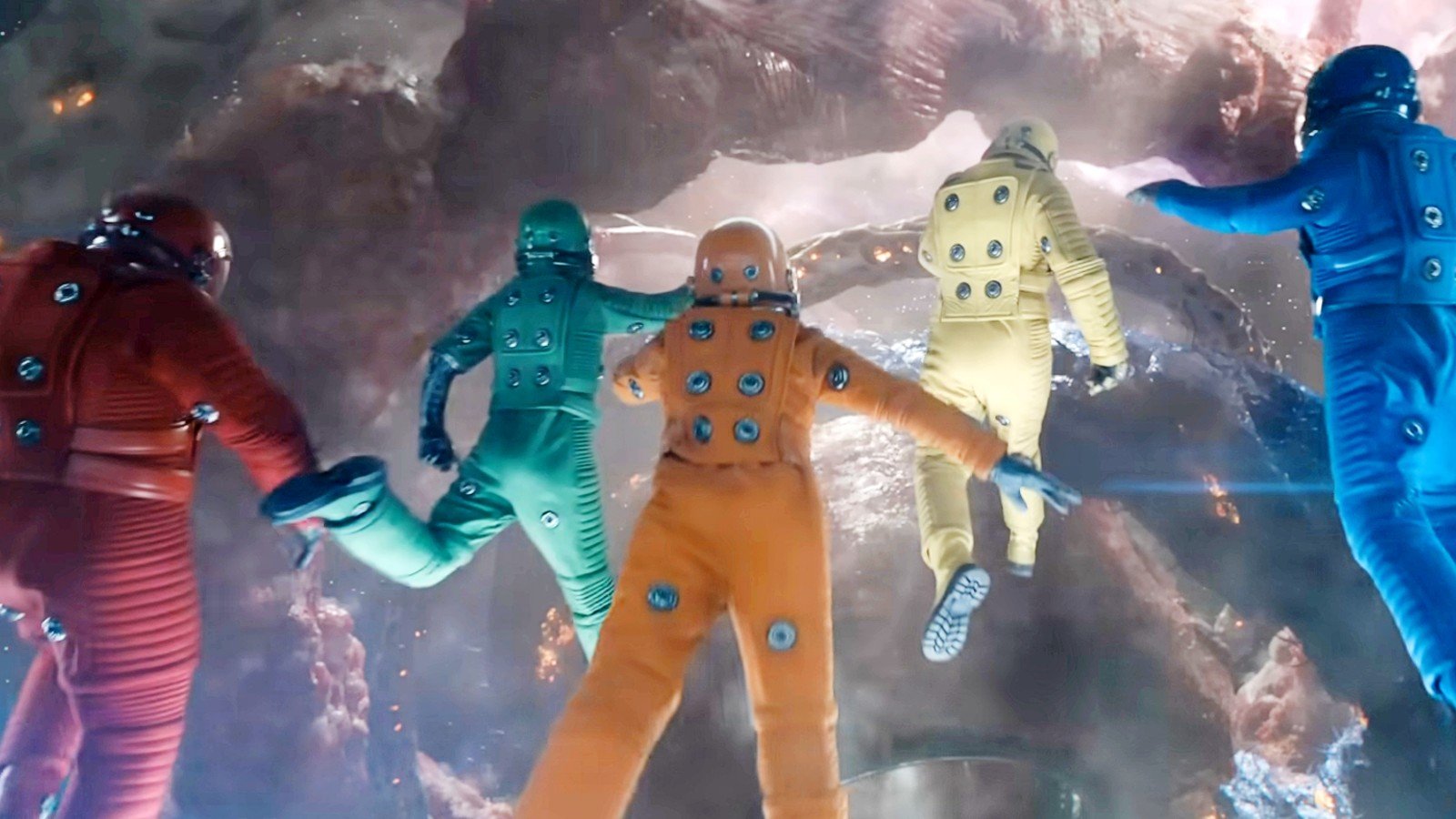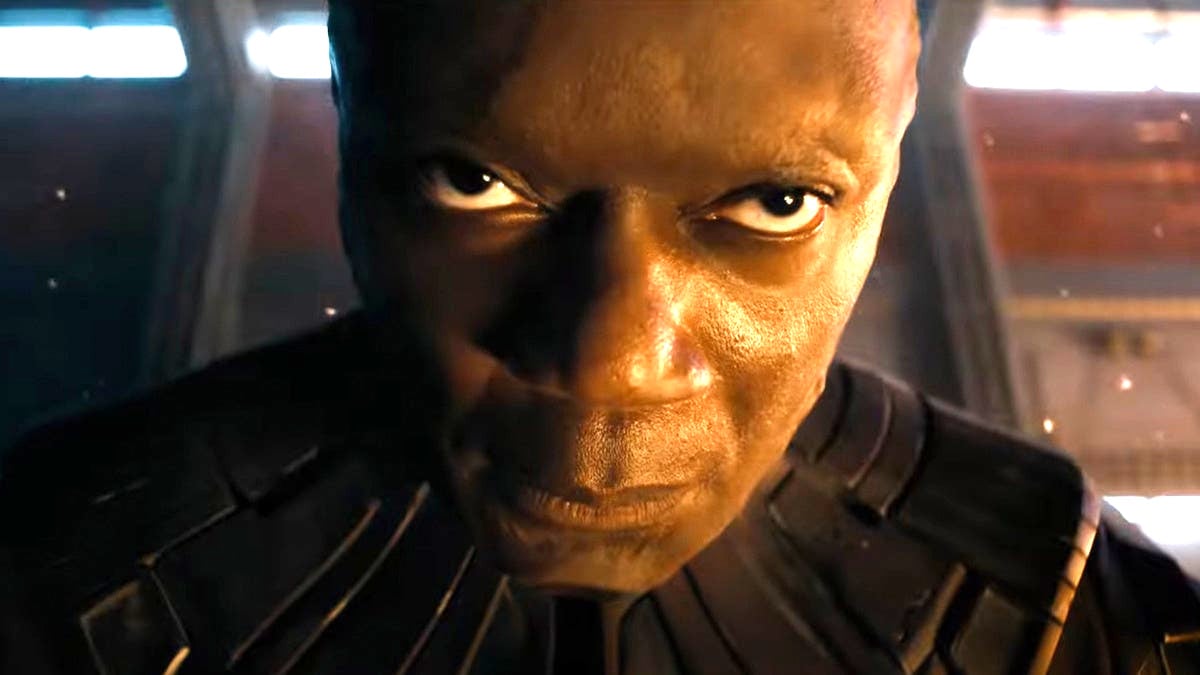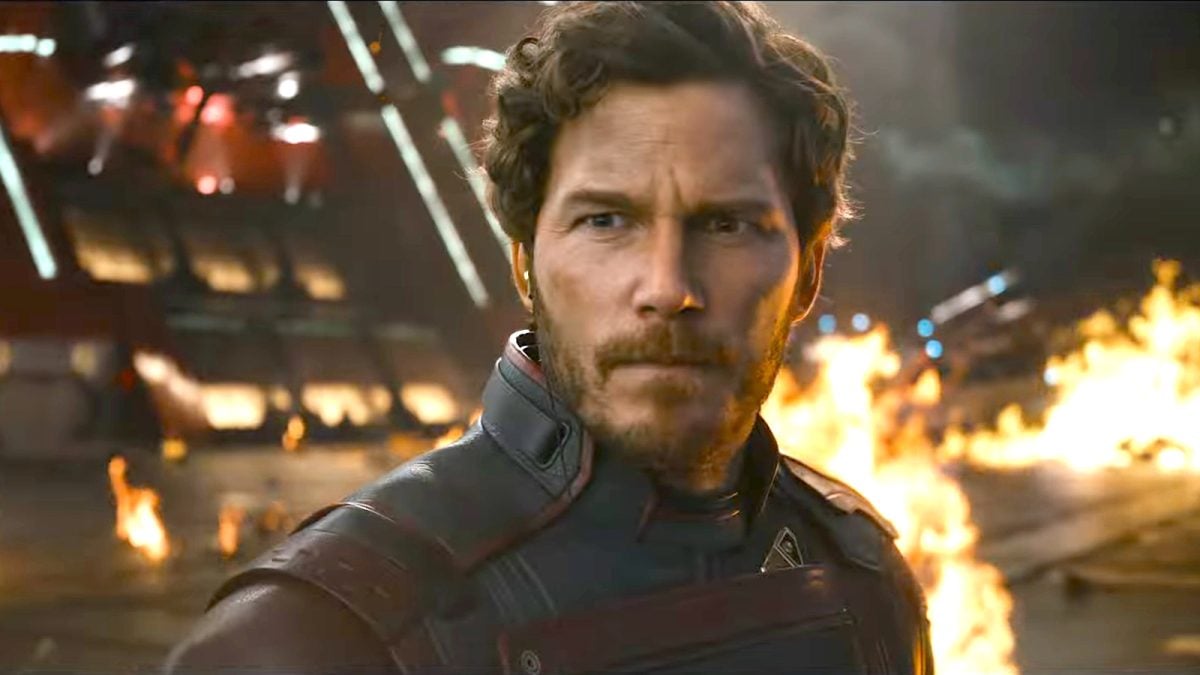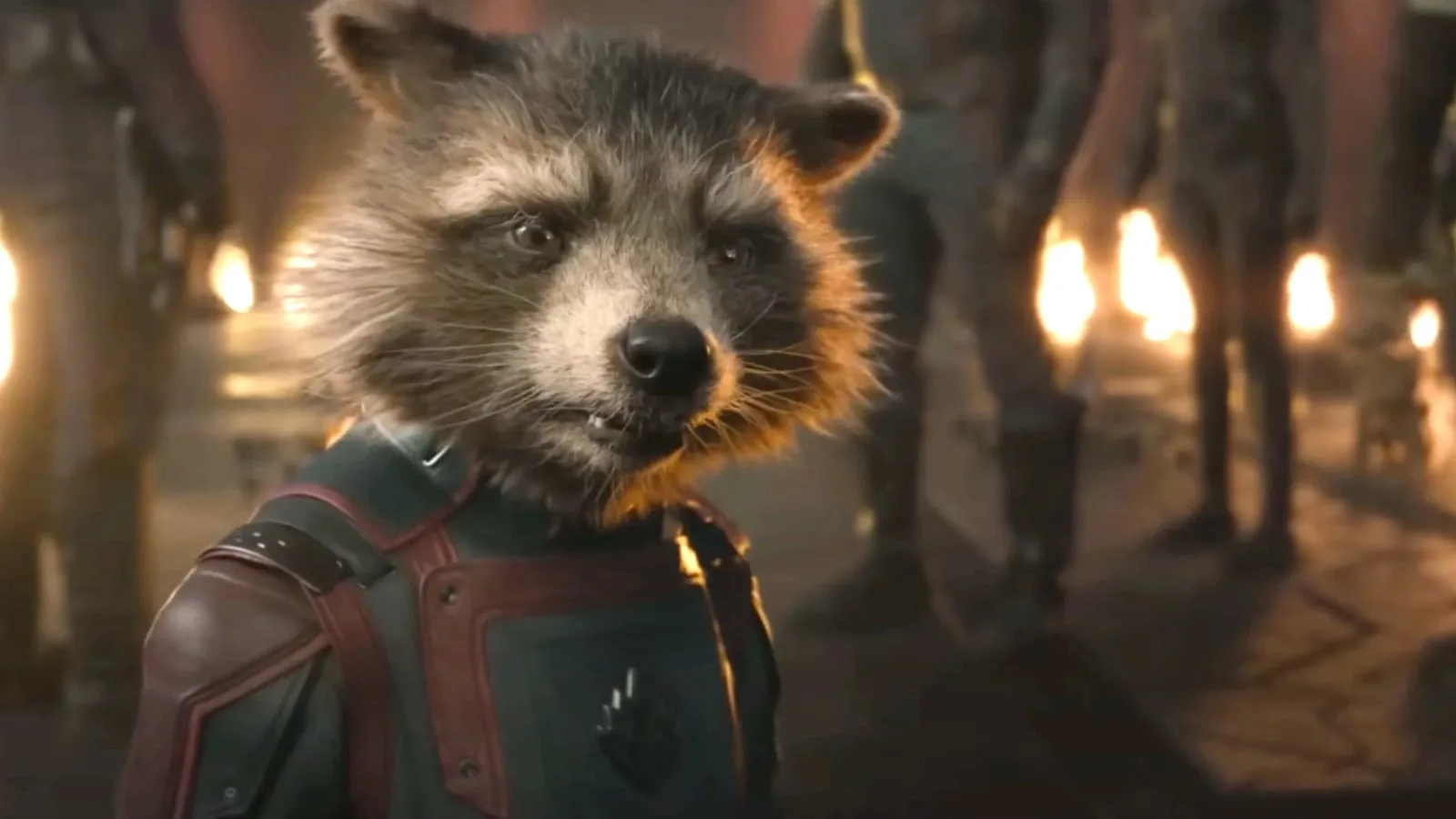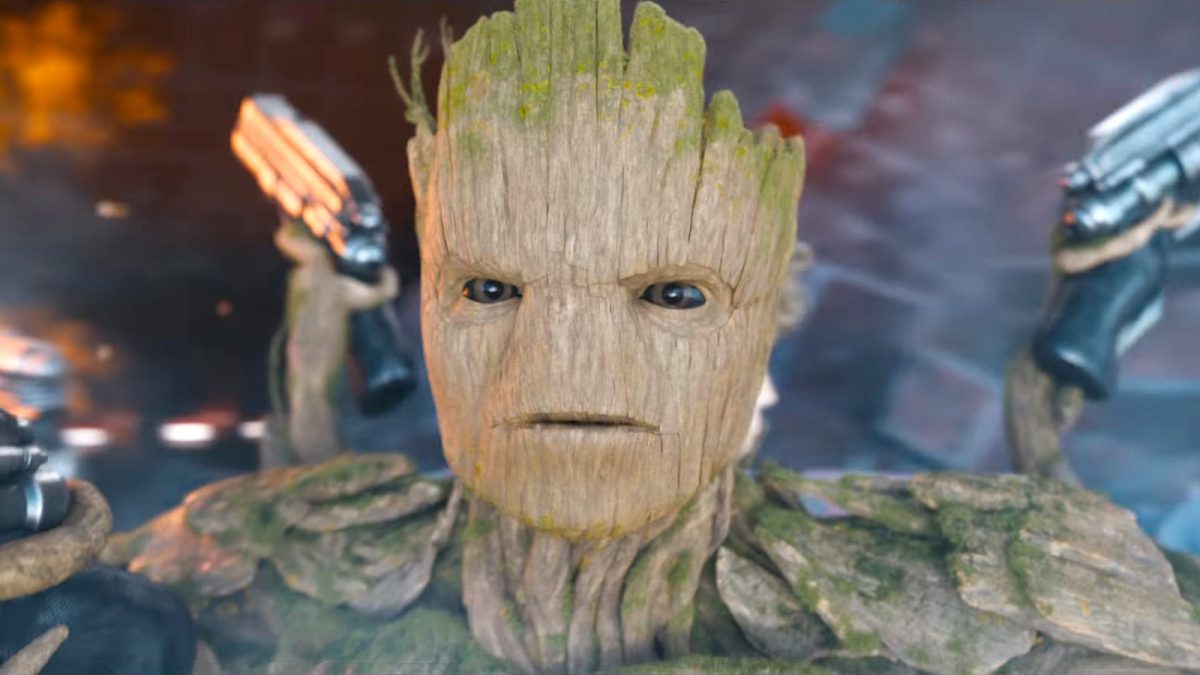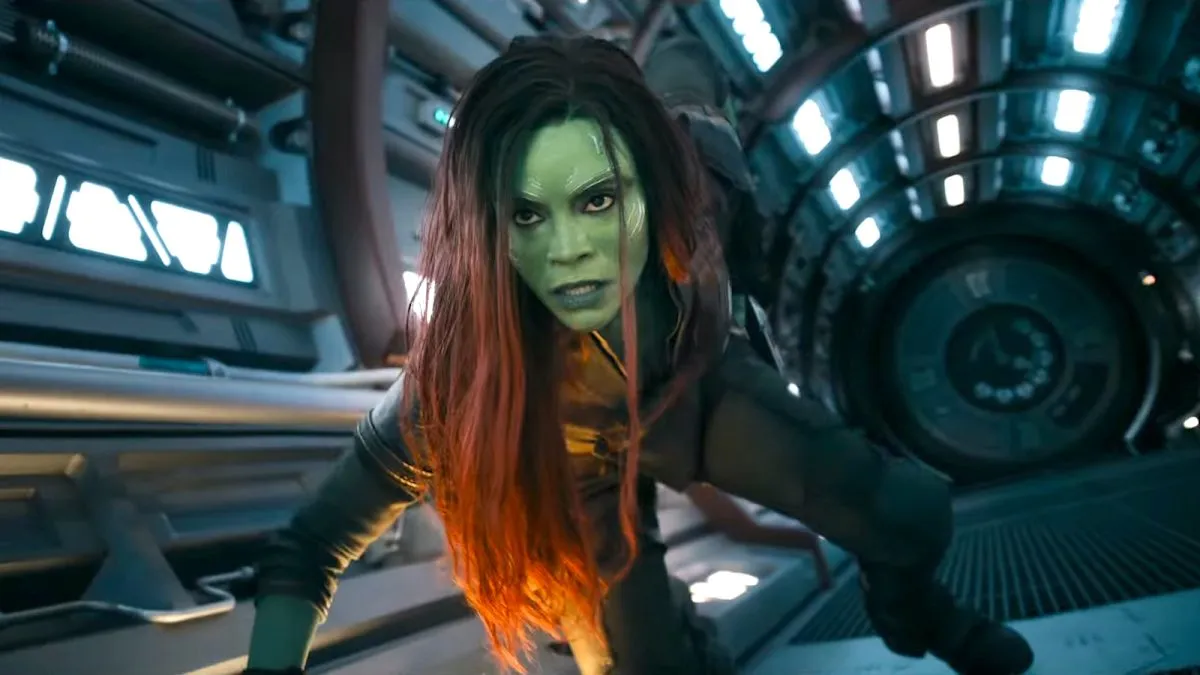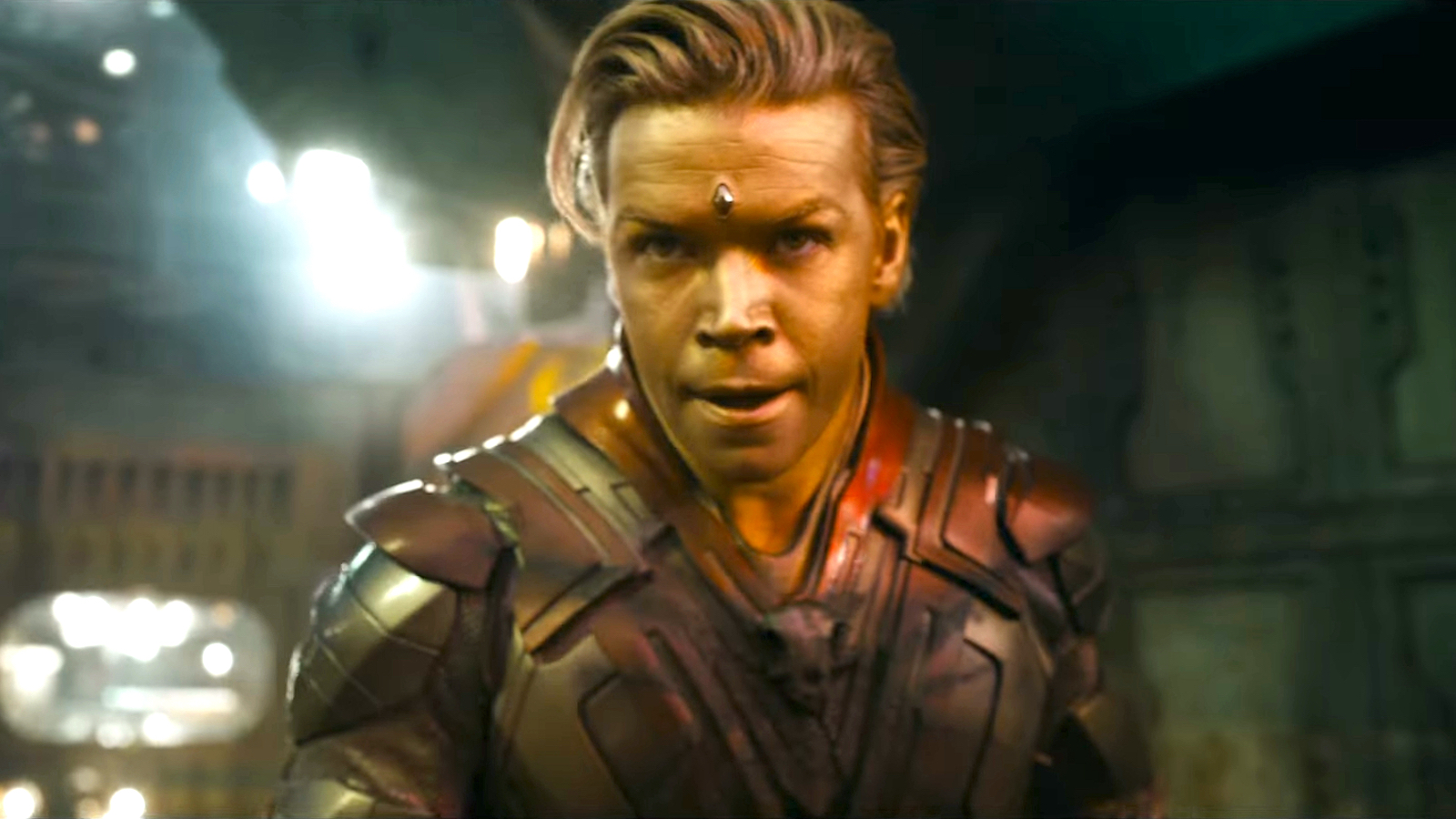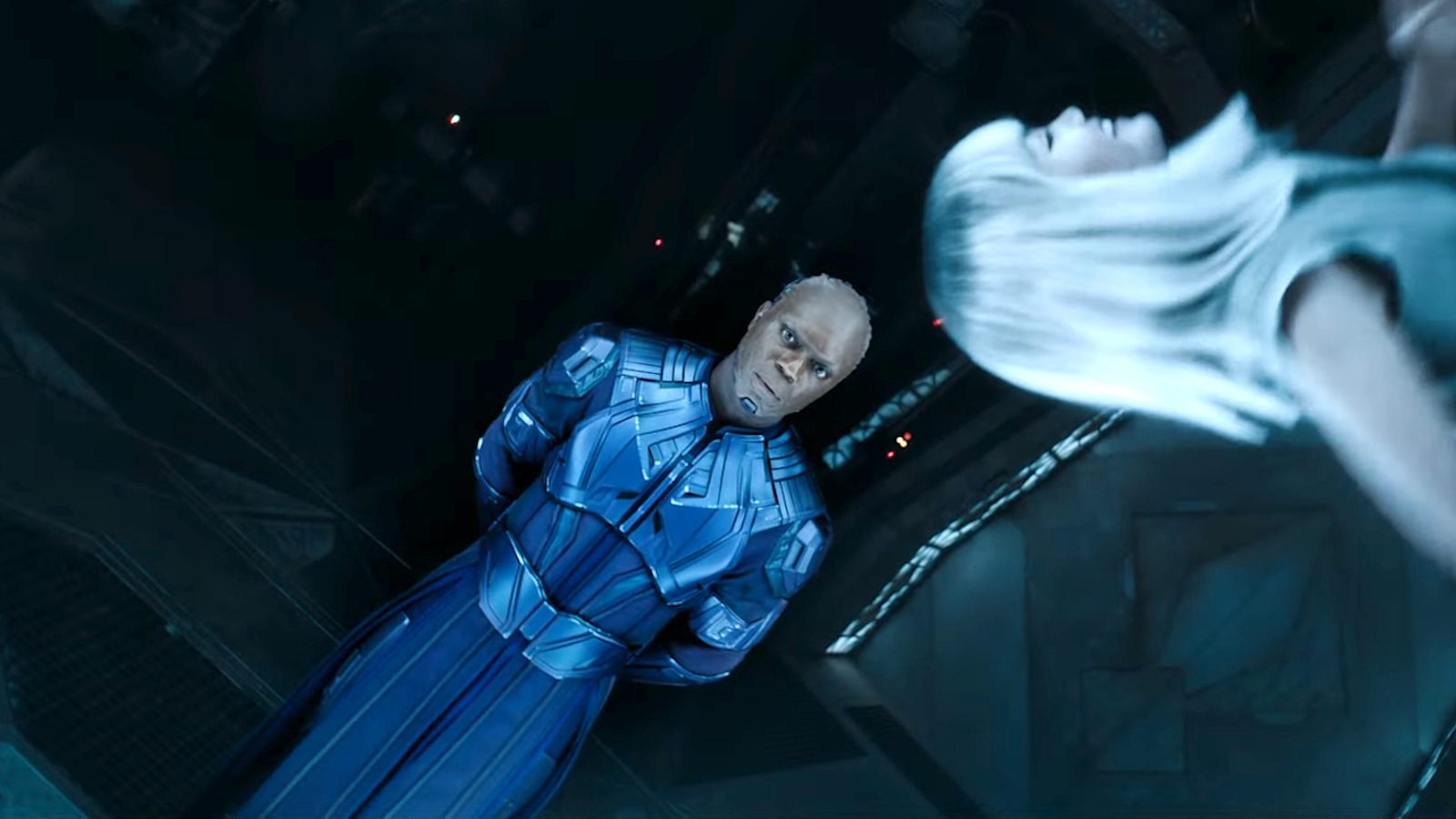There was a point back in early 2017 to mid-2019 when Marvel and the MCU were practically synonymous with quality entertainment. Back-to-back we got films like Spider-Man: Homecoming, Thor: Ragnarok, Black Panther, Avengers: Infinity War, Ant-Man and the Wasp, Captain Marvel, Avengers: Endgame, and Spider-Man: Far From Home. As a longtime MCU fan, I’m not alone in considering that time the highest point in the franchise’s career. Sadly, come 2023, it is clear that the studio has hit what we all hope is the last stage in its descent to rock bottom. And yes, we’re talking about the VFX-sized elephant in the room.
VFX isn’t the biggest and only factor that goes into a quality Marvel film, but since we’re talking about a made-up world in which sorcerers, witches, gods, and hulks run amok, it’s a pretty big deal. As pointed out by Michael Schulman at The New Yorker in a recent exposé on the studio, the problem has become pervasive and was most evident in Peyton Reed’s Ant-Man and the Wasp: Quantumania.
Quantumania became the foundation upon which Marvel fans like myself rooted their resolute beliefs that the company’s VFX problem is sinking the proverbial ship. And while the answer has many moving parts and varies from project to project, The New Yorker’s exclusive interview with members of the VFX community points to a couple of key reasons why its degradation has become so apparent, and why it needs to stop relying on unnecessary C.G.I.
Firstly, the studios’ proclivity for last-minute changes. “They have a tendency to change their minds pretty late, and in effects that’s where we take all the heat,” said one anonymous VFX artist.
During the scene in Endgame when Iron Man, Captain America, Black Widow, and other members of the team go back in time, the artist revealed that the cast wore placeholder motion-capture suits which were then spruced up with C.G.I. “They could have just worn the costumes, and it would have been a billion times easier,” the VFX artist said.
Indeed, unnecessary decisions such as these add to an already-crammed workload. Numerous VFX artists revealed shocking working conditions on the set of Quantumania, which resulted in incomprehensible eighty-hour work weeks and more than a few shortcuts; all in the name of too many cooks in the kitchen making too many (unnecessary) requests of a team with far too few staff members.
Secondly, The New Yorker also hints at a secondary issue as the culprit of Marvel’s VFX problem. The studio has become famous for “tapping directors from sitcoms or Sundance.” Directors, who The New Yorker implies, have “little experience handling big action scenes.”
As an avid lover of the MCU, I noticed this myself when I called out Guardians of the Galaxy Vol. 3 as the outlier in Marvel’s VFX problem. Like The New Yorker, I also hypothesized that James Gunn’s preparedness and experience might have saved the film and been the reason it thrived where the vast majority of Phases Four and Five failed.
“Marvel is the easy punching bag,” said one anonymous VFX worker. That’s true. Disney as a whole is also suffering from the “VFX Problem.”
If Marvel (and Disney) wish to continue churning out the same quantity of projects at the same rapid speed, then it’s about time the VFX industry receive the labor protections it so desperately deserves. Maybe then the studios will think twice about tossing half-baked last-minute decisions at a staff who’s already bogged down tending to the thousands of other decisions on their to-do lists. At the very least, such preparedness will make for better storytelling.

